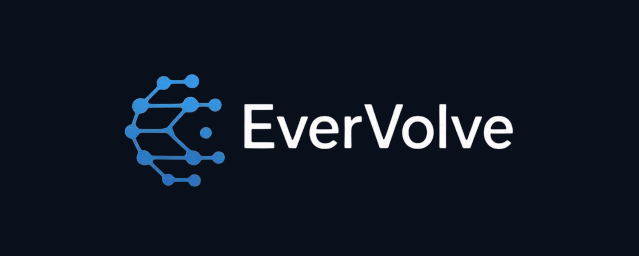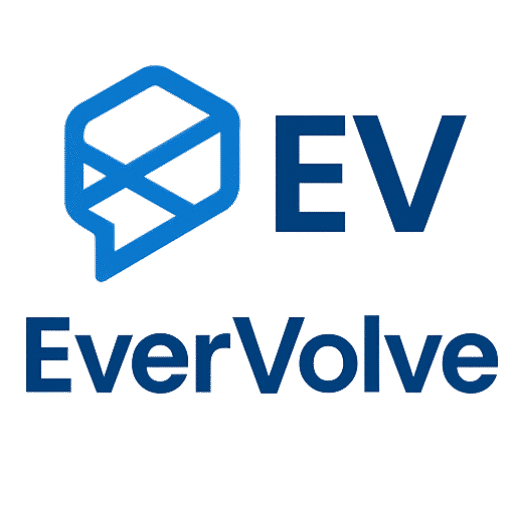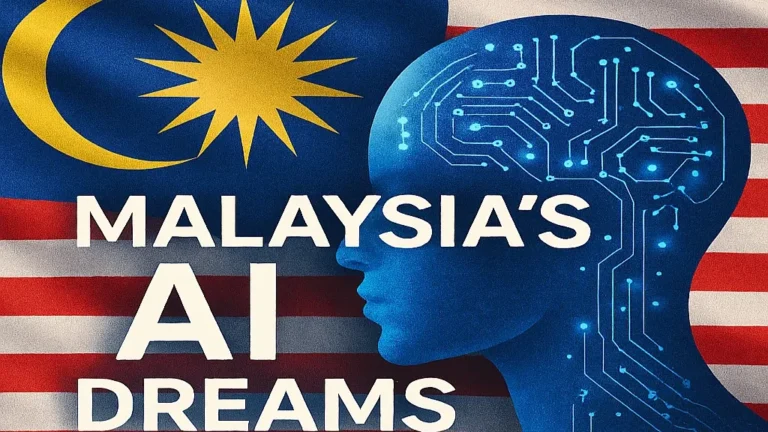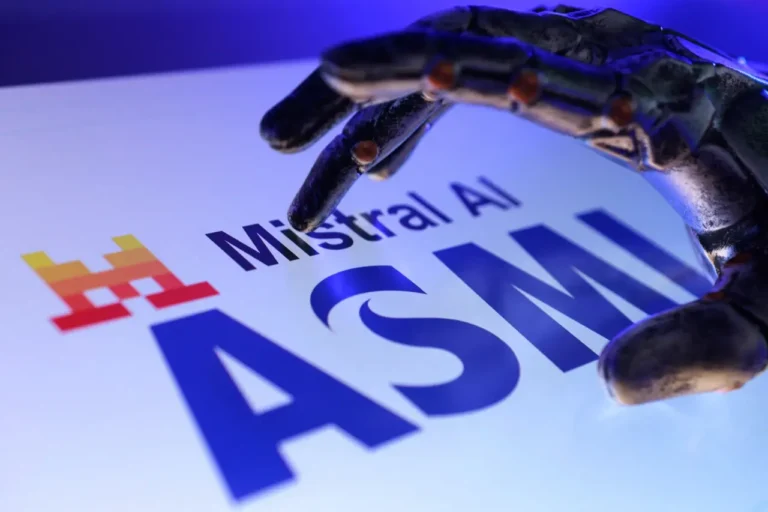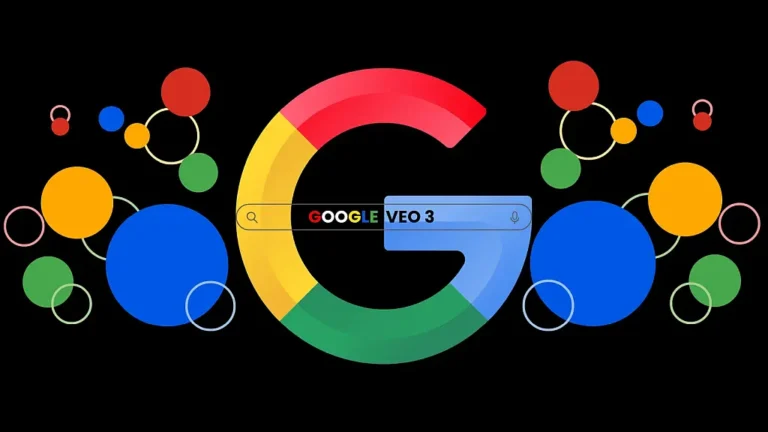Stanford University Develops Autonomous Multi-Agent AI Virtual Lab for Independent Scientific Research and Accelerated Drug Discovery
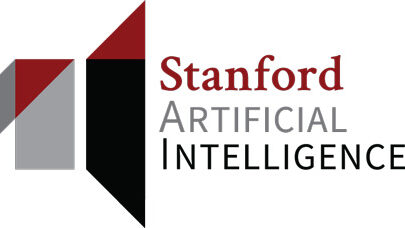
Stanford University has developed an autonomous multi-agent AI lab system capable of conducting independent scientific research and significantly accelerating drug discovery processes. This AI-powered “virtual scientist” lab mimics the collaborative work of expert researchers, autonomously generating hypotheses, designing experiments, and proposing candidate molecules such as vaccines and drugs with minimal human intervention. The system involves multiple large language model agents working together, each assuming scientific roles to collectively solve complex biomedical challenges.
The breakthrough comes from leveraging agentic AI — a framework where AI models communicate, use tools, and coordinate their efforts like a team of scientists. In this virtual lab, the AI agents independently decide on research problems, approaches, and implementations while human researchers provide high-level guidance and validation. The lab successfully designed numerous nanobody candidates binding to SARS-CoV-2 variants and generated ideas for improved COVID-19 vaccines in a fraction of the usual research time, demonstrating superior efficiency and creativity beyond prior human efforts.
Ad Content
The Stanford AI lab represents a paradigm shift in scientific discovery by automating the iterative reasoning and experimental design that traditionally require extensive human expertise. It holds promise for accelerating breakthroughs across diverse scientific fields where rapid innovation is critical. This innovative AI collaboration model blends foundational AI advances with domain-specialized knowledge to push the frontiers of drug and vaccine discovery while maintaining the essential role of human validation and oversight.
Stanford’s Autonomous Multi-Agent AI Lab for Drug Discovery
Stanford’s team led by computational biologist James Zou designed an AI-powered research environment modeled after a real biomedical research group. Their “virtual lab” features multiple interacting AI scientists—each powered by large language models—collaborating via natural language. This collective agent system is capable of autonomous scientific reasoning, designing experiments, proposing new hypotheses, and implementing research strategies under high-level human guidance..
The AI agents conduct tasks such as antibody design, drug-target interaction prediction, safety profiling, and vaccine candidate generation. By coordinating as a team, they explore diverse research avenues simultaneously, revise ideas based on experimental simulations, and converge on high-quality solutions. This multi-agent approach helps overcome the limitations of single-agent AI systems that may miss promising strategies or produce impractical proposals.
Demonstrated Impact in Biomedical Research
One notable application involved designing nanobodies against SARS-CoV-2 variants. The virtual lab produced nearly 100 nanobody structures, with over 90% validated to bind the original virus effectively. Some candidates also showed potential against newer variants. Additionally, the AI lab generated improved COVID-19 vaccine design concepts swiftly, showcasing its ability to rapidly tackle urgent biomedical challenges.
Compared to traditional research timelines, this autonomous AI lab dramatically shortens the discovery phase, allowing scientists to focus more on high-level decisions and experimental validation. The system blends large language model planning agents generating ideas with instructor agents executing domain-specific scientific tasks, creating a versatile platform for various drug discovery problems.
Significance and Future Outlook
Stanford’s autonomous multi-agent AI labs mark a significant leap toward fully automated scientific research. By enabling AI to act as virtual scientists, these labs can expedite discovery, reduce costs, and open new possibilities in medicine, chemistry, and beyond. While human oversight remains essential for real-world experimental verification, this AI approach promises to alleviate bottlenecks in interdisciplinary scientific collaboration, accelerating progress on global health challenges.
This innovation underscores a future where AI and humans partner more seamlessly in the scientific process, with AI handling routine research generation and exploration tasks while humans provide creativity, intuition, and experimental rigor. The Stanford virtual lab exemplifies how AI-driven multi-agent systems can transform drug discovery and biomedical research into faster, more efficient enterprises.
Enjoyed this post?
Subscribe to Evervolve weekly for curated startup signals.
Join Now →
